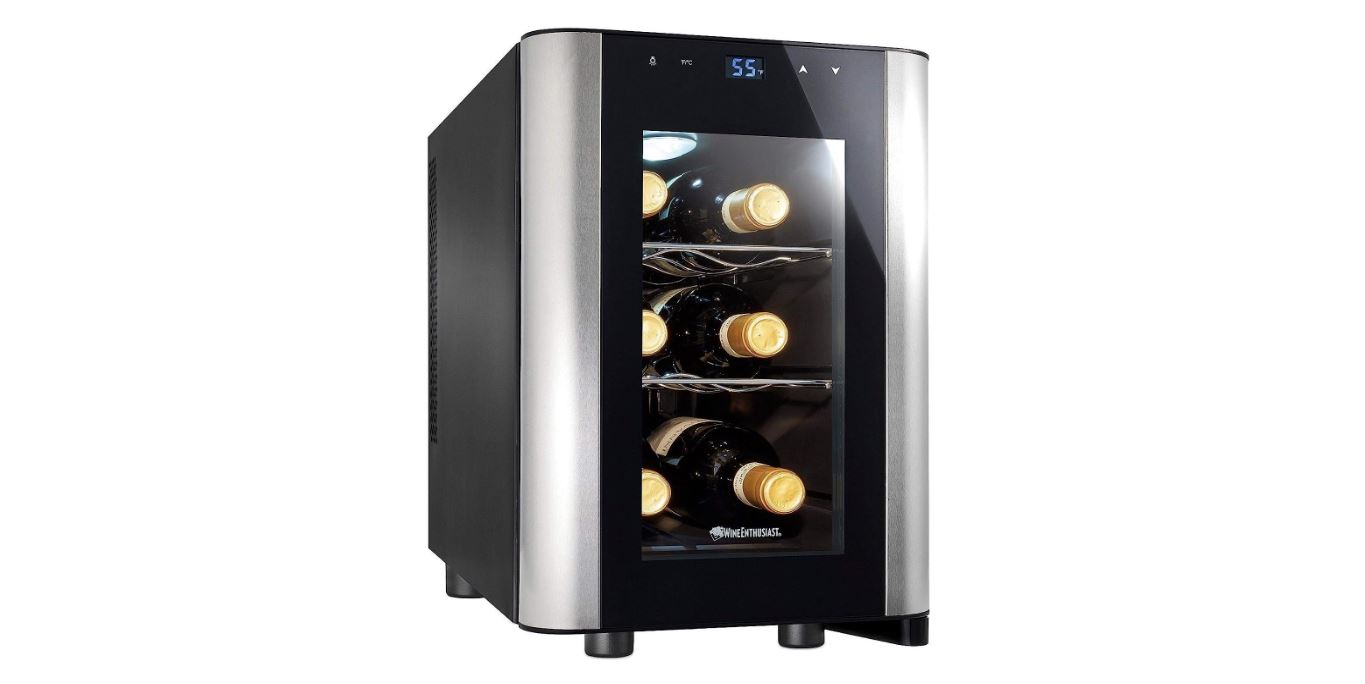How to store wine in a wine cooler? Proper wine storage is essential for preserving the delicate flavors, aromas, and quality of your favorite wines. One of the best ways to achieve optimal storage conditions is by utilizing a wine cooler. In this comprehensive guide, we will walk you through the steps of storing wine in a wine cooler, ensuring that each bottle reaches its full potential. From understanding the basics of wine storage to organizing and managing your collection, we’ll provide you with expert tips and techniques to enhance your wine drinking experience.
Understanding the Basics of Wine Storage
Ideal Temperature for Wine
To maintain the integrity of your wines, temperature control is crucial. Fluctuations in temperature can cause chemical reactions that can negatively impact the wine’s flavor and structure. The recommended temperature range for wine storage is typically between 45°F (7°C) and 65°F (18°C). For most wines, a temperature of around 55°F (13°C) is considered optimal.
Controlling Humidity Levels
Humidity plays a vital role in wine storage. Too much humidity can lead to mold growth on corks, while low humidity can cause corks to dry out and allow air to enter the bottle. Aim for a humidity level of around 50-70% to ensure proper cork preservation and prevent any moisture-related issues.
Tips for Storing Wine in a Wine Cooler
Choosing the Right Wine Cooler
Selecting the appropriate wine cooler is crucial for maintaining optimal storage conditions. Consider the size and capacity of the wine cooler based on the number of bottles you plan to store. Additionally, there are various types of wine coolers available, such as thermoelectric and compressor-based coolers, each with its own advantages and considerations.
Placement of Wine Bottles
Properly arranging wine bottles inside the wine cooler is essential to ensure the best storage conditions and ease of access. Store the bottles horizontally to keep the cork moist and prevent it from drying out. Additionally, consider separating different wine varieties to easily locate specific bottles without disturbing the entire collection.
Temperature and Humidity Settings
Once your wine cooler is set up, it’s important to adjust the temperature and humidity settings to create the ideal storage environment. Refer to the user manual of your specific wine cooler model for guidance on setting the temperature. Use a hygrometer to monitor and maintain the desired humidity level within the recommended range.
Organizing and Managing Your Wine Collection
Labeling and Inventory Systems
As your wine collection grows, it becomes crucial to establish a labeling and inventory system. Label each bottle with essential information such as the wine’s name, vintage, and region. Consider using wine inventory software or apps to keep track of your collection, allowing you to easily access information and manage your wines effectively.
Rotation and Accessibility
Implementing a rotation system ensures that older bottles are consumed before younger ones, following the “First-In, First-Out” (FIFO) method. This practice helps prevent aging wines past their prime. Additionally, organize your wine cooler in a way that provides easy access to bottles, allowing you to retrieve specific wines without disturbing others.
Additional Tips for Wine Storage
Avoiding Vibrations
Excessive vibrations can disturb the sediments in wine bottles, affecting their taste and texture. Keep your wine cooler away from sources of vibration such as washing machines or heavy foot traffic areas.
Limiting Exposure to Light
Place your wine cooler in a location away from direct sunlight or invest in a cooler with UV-resistant glass doors. If your wine cooler doesn’t have UV protection, consider covering the glass doors with a light-blocking material or storing the bottles in opaque wine bags.
Handling and Serving Wine
Proper handling and serving of wine are essential to maintain its quality. When handling wine bottles, avoid shaking or disturbing them to prevent the agitation of sediments. When serving wine, ensure that you store it at the appropriate temperature and allow it to breathe if necessary. Use suitable wine glasses that enhance the aroma and flavors, and pour wine gently to avoid splashing or unnecessary aeration.
Frequently Asked Questions
What is the ideal temperature for storing wine in a wine cooler?
The ideal temperature for storing wine in a wine cooler typically falls between 45°F (7°C) and 65°F (18°C). This temperature range helps maintain the wine’s flavor, aroma, and overall quality. It’s important to avoid extreme fluctuations in temperature, as they can negatively impact the wine’s taste and structure. Aim for a temperature around 55°F (13°C) for most wines to ensure optimal storage conditions.
Can I store different types of wine together in a wine cooler?
It is generally recommended to store different types of wine separately in a wine cooler. This is because different wines have varying temperature and humidity requirements. Storing them together may affect their individual characteristics. To maintain the quality of your collection, organize your wine cooler by wine types such as red, white, or sparkling. This ensures that each bottle is stored at the ideal conditions and allows for easy access when you’re ready to enjoy a particular wine.
How do I ensure proper humidity levels in a wine cooler?
Maintaining proper humidity levels in a wine cooler is important for preserving the integrity of the wine. Aim for a humidity range of 50-70%. To achieve this, you can place a small dish or container filled with water inside the wine cooler to increase humidity. If the humidity is too high, you can use a dehumidifier or open the door occasionally to allow some moisture to escape. It’s crucial to regularly monitor the humidity levels and make adjustments as needed to keep your wines in optimal condition.
Conclusion
Proper storage of wine in a wine cooler is a key factor in preserving its flavor, aroma, and overall quality. By understanding the basics of wine storage, choosing the right wine cooler, and implementing effective organization and management strategies, you can ensure that your wine collection ages gracefully. Remember to maintain the ideal temperature and humidity levels, label and inventory your bottles, and follow best practices for handling and serving wine. With these tips and techniques, you’ll be able to fully enjoy the fruits of proper wine storage and enhance your wine drinking experience. Cheers!

